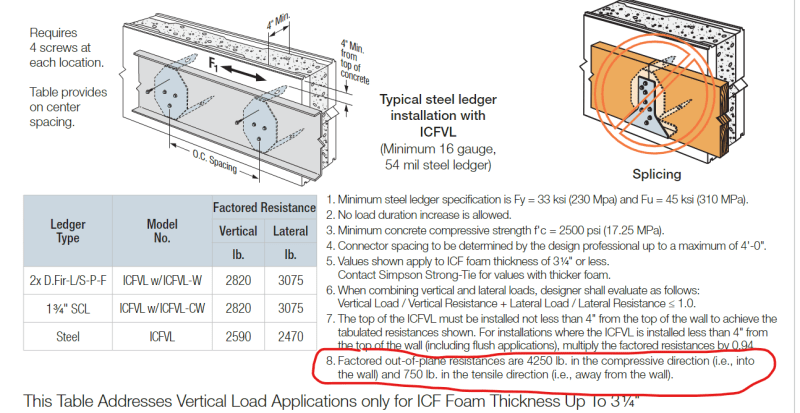Jmeng1026
Structural
- Jun 11, 2018
- 59
I am designing a house that will use icf's for the basement walls and the house walls. See attached section.
Looking at the Logix design manual it when it refers to height of wall do I need to design it based on a 24' tall wall or would it be a 15' tall wall?
Looking at the Logix design manual it when it refers to height of wall do I need to design it based on a 24' tall wall or would it be a 15' tall wall?


